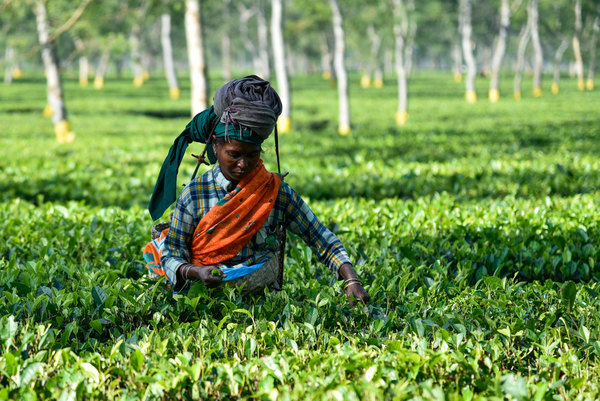British Vets Resist “Political Measures” to Restrict Veterinary Use of Antibiotics
By Miroslav Djuric, DVM The British Veterinary Association (BVA) marked the 5th European Antibiotic Awareness Day (18 November 2012) by releasing a statement in which it reaffirms its commitment to promoting responsible use of antibiotics, but also warns that political measures to reduce antimicrobial resistance in Europe and the UK are not based on sound…
Why the bond between cats and their owners matters
As you may have read in a previous blog by Dr John Bradshaw, cats do not tend to have an all-consuming relationship with their owner the way a dog can, however the cat-owner bond is nevertheless important. Speaking with Dr Bradshaw at CABI’s Human-Animal Bond symposium at the London Vet Show last week, Dr Sandra…
European Antibiotic Awareness Day Highlights Threat of Antibiotic Resistance
By Miroslav Djuric European Antibiotic Awareness Day is an annual initiative that aims to raise awareness of the threat of antibiotic resistance to public health and animal health as well as the importance of prudent use of antibiotics. On the occasion of the 5th European Antibiotic Awareness Day, which was marked on 18 November 2012, the…
The pet-owner bond – why dogs and cats don’t perceive it the same way
By John Bradshaw Much has been written about the human-animal bond, and the benefits it brings to owners of companion animals. Sometimes pets are portrayed as more-or-less interchangeable, as if it made little difference to the relationship whether the pet happens to be a cat, a dog, or a rabbit. The emotional ties that owners…
Will climate change win Obama the US election?
Image from Google Images As an editor for the CABI internet resource Environmental Impact, I often read articles, books and reports that suggest the USA is by far the largest historical emitter of greenhouse gases (GHG), second only to China in total tons of GHG emitted, and that the US has one of the worst…
Climate change – will it affect spread of vector borne diseases?
Climate change is going to mean mosquito-borne diseases spread north out of the tropics right? That seems to be the story the news media are giving us. But it is really the case? Do we really need to start thinking about buying bednets to protect against mozzy bites? As editor of Global Health database I…
New clue to aid the understanding of the breakdown and melting of glaciers
Glaciers image from destination360.com Glaciers and ice caps play an important role on earth’s climate; they reflect 80-90% of incoming solar radiation; and they’re a major carbon sink, especially in the Arctic, which accounts for up to 15% of the earth’s carbon sink. As I reported in my previous blog, scientists alerted that the contribution…
Himalayan glaciers melt rate is uncertain – More consistent data needed
Around 1.3 billion people in the Himalayan river basins rely on both snowmelt water from glaciers and monsoon waters to sustain their livelihoods. In fact, seasonal snowmelt water from the Himalayan glaciers is one of the main sources of freshwater reserves that directly sustain people living in the region, especially in arid and semi-arid…
IUCN releases list of 100 most threatened species – priceless or worthless?
In the beginning of this year, the Union for Conservation of Nature (IUCN) published the Red List of Threatened Species, which showed that the world’s rich diversity is disappearing at a frightening fast rate, with 1 in 4 mammals, 1 in 3 amphibians, 1 in 3 corals, and 1 in 8 birds being at risk…


